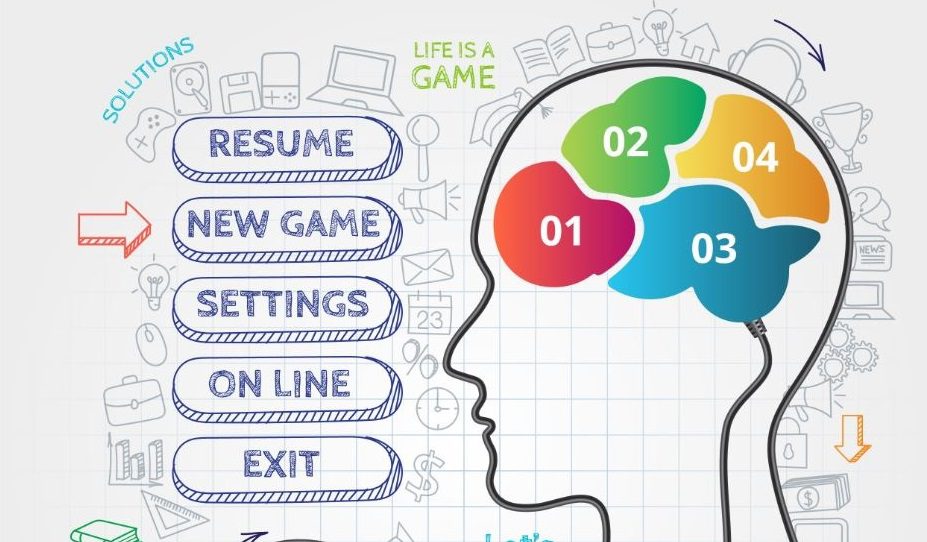I am not a game person. I don’t play cards and I don’t do puzzles. (Or at least that’s what I’ve always told myself.)
However, occasionally my BFF Betsy will invite me over for an evening of cards with her poker group. Or when I visit my friends David and Paula in Prescott, Ariz., we will work on a puzzle between glasses of wine and rounds of golf.
But honestly, I can count on one hand the number of times I have played Monopoly in my life.
Enter: social distancing and sheltering at home.
So, I’ve been working from home for almost four weeks, and after working hours and an evening walk, it’s been a challenge to decide on evening entertainment. Oh, did I mention that I don’t really watch much TV?
So one evening, my partner Jack says to me, “Have you ever played MasterMind®?” Uh, did I mention that I don’t play games?
I took a deep breath and said, “No, have never heard of it.” So, Jack tells me that it was the “Game of the Year” in 1973 and it’s his favorite travel game, as only two people play it.
Out comes this plastic box filled with colored pegs.

Jack tells me this is his travel version and I quickly Google it to find out that not only are there regular-sized MasterMind® sets, but you can with play it online alone or with friends!
Here’s the lowdown on the game, based on my first three experiences.
- There are six colors of pegs: Red, Yellow, Orange, Blue, Green and Brown.
- One person (the codemaker), arranges four pegs in a shielded part of the board (any color combination of one, two, three or four colors).
- The second person (the codebreaker) has the job of figuring out the correct colors and proper order, by arranging four pegs on the board.
- The codemaker scores the setup of the pegs: for each correct color you give a white peg and for each correct color in the correct location, a black peg.
- You have six chances to guess the correct color configuration.

Now, because I am not a regular game player, this game sounded ludicrous. I mean, how would you be able to figure it out? But, because I am fairly competitive, I decided to give it a go. During my first go-around as the codebreaker, I talked through my thought process with Jack (who has played it hundreds of times). I was surprised by using deductive reasoning, and testing various colors and positions, during my first game I solved the problem in six rounds! The second and third time I solved the problem in five rounds.
As I was playing the game, I realized that I was working different parts of my brain than I normally use during the day. And it felt kind of good. Was I actually learning a few business lessons from playing MasterMind®? In business and in life, I learned that by taking a break from my normal routine I was exercising different parts of my brain.
I learned that even if a solution seems impossible, by using deductive reasoning and eliminating options, I could—by process of elimination—figure out the answer. By talking possible options through—out loud—the simple act of hearing my evaluation of both the current scenario and the desired state helped me find the perfect solution.
Unfortunately in this game, you cannot consult someone else. It is you, the codebreaker, against your opponent, the codemaker. But doesn’t that happen in business, too? You don’t have time or the option to consult someone else who might see things from a different view. Sometimes we have to make decisions on our own, with what seems to be limited information. So it is important that we train ourselves to consider all options, use all available information and concentrate.
Although I’ve never been a big fan of playing games, my eyes have been opened to how games and game strategy can help us with other challenges in our life.
If you’ve never heard of MasterMind®—or played it—I encourage you to check it out. I’ve become a big fan.
I see more game playing in my future. Monopoly, anyone?
Karen





